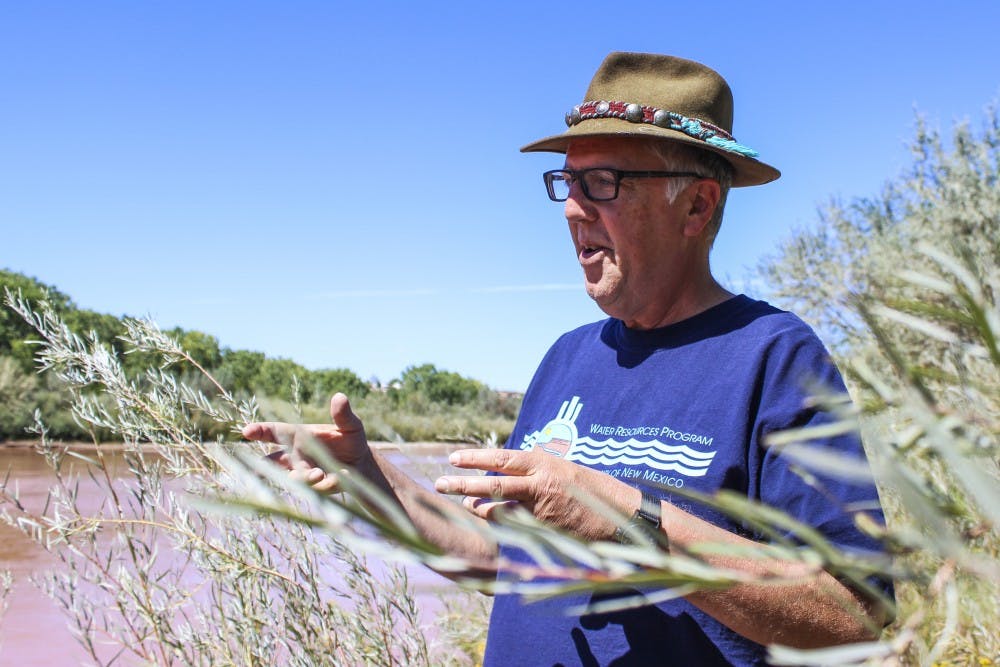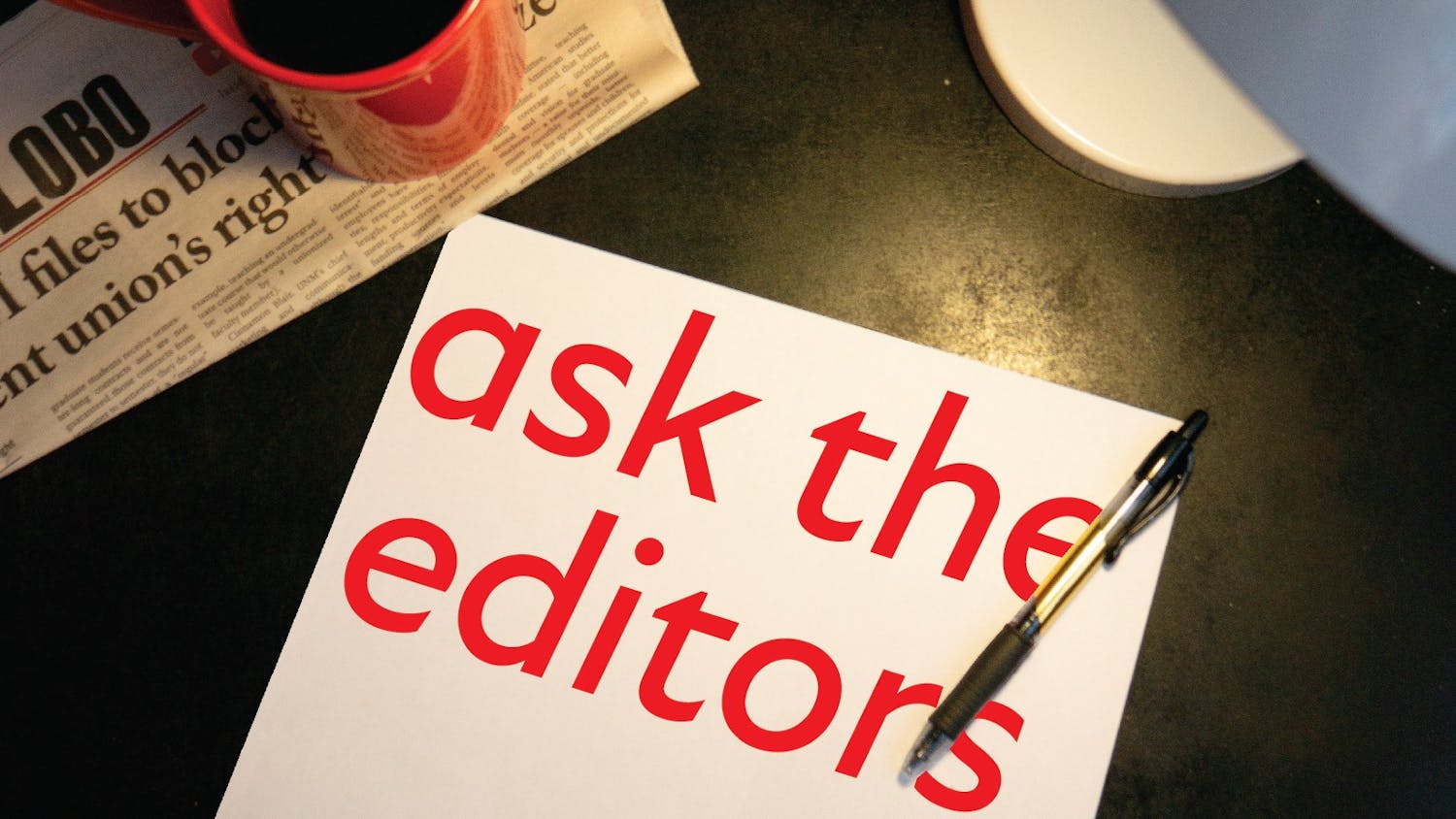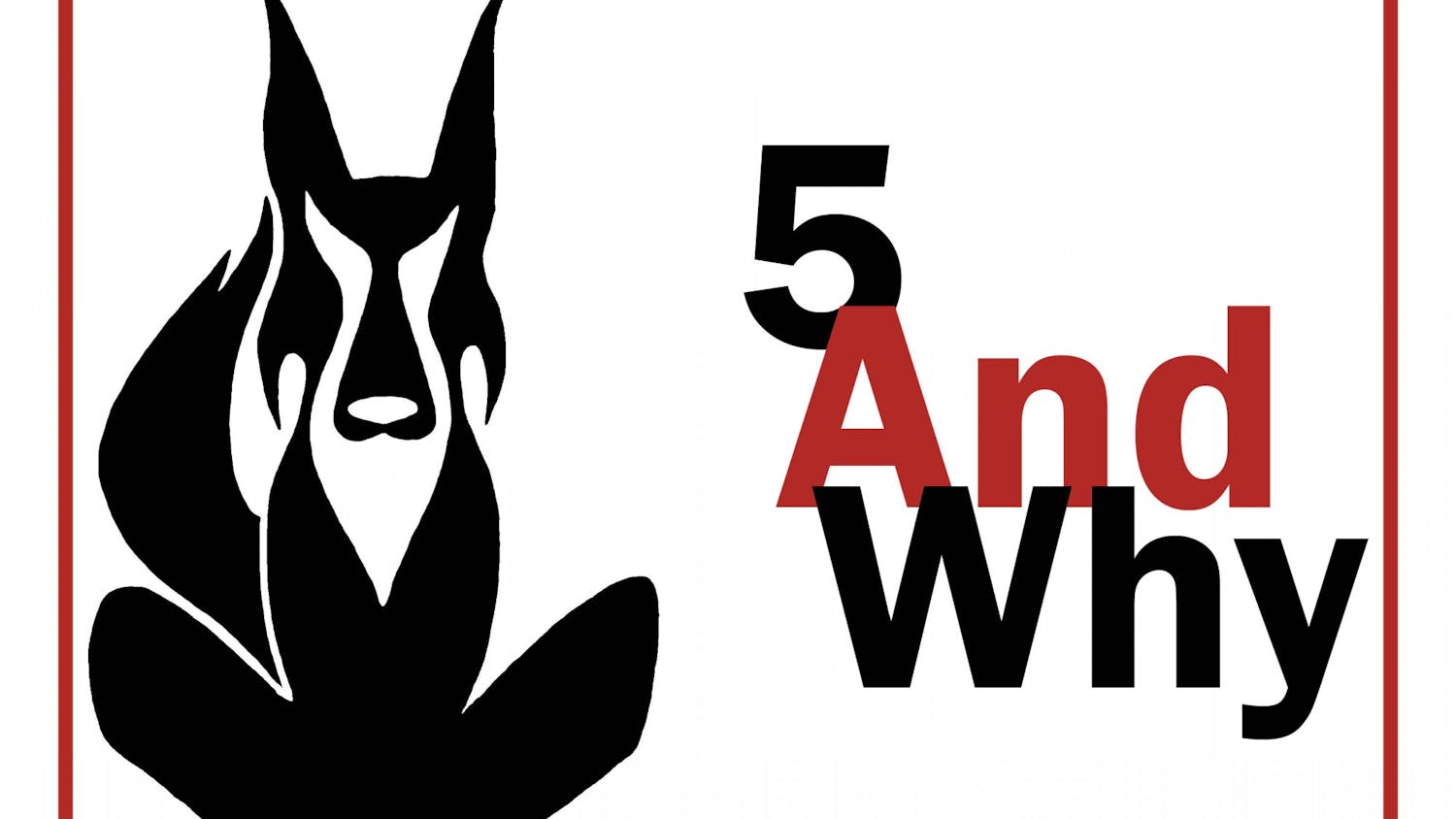As the effects of climate change continue to manifest themselves in the early 21st century, effective water management and conservation should be among our top priorities, said former journalist and UNM Water Resources Program Director John Fleck.
Fleck spent 30 years covering environmental issues and water policy before shifting his focus to academia.
In his recently published book “Water is for Fighting Over, and Other Myths about Water in the West,” Fleck writes there is cause for optimism despite the grim narrative surrounding water scarcity in arid, drought-ridden western states.
DL: Why is water in the west an important topic to research?
JF: We’re a dry place, and figuring out how to get water management right is this really critical thing to our success as communities going forward. We have to get the water thing right.
Water always seemed to me to be this really important, but often underappreciated, story because it’s kind of a hard story. It’s not obvious like a big political fight or a crime wave. It’s a more subtle story, so thinking about it is trickier, journalistically.
DL: How can something as subtle as water management feed into narrative of crisis?
JF: One of the shortcomings of journalism is a tendency to focus on problems, crisis and conflict, and that makes sense for a couple of reasons: it’s important to use our journalistic tools to point out problems to society, that’s one of the key roles of journalism.
But it creates this sort of subtle bias in the way journalism holds up a mirror to a community, because we tend to be more likely to cover problems, and when things are working well and institutions are succeeding, we often don’t write about it. It’s seen as not a story.
When we’re holding that mirror up to the community, the community doesn’t realize it’s own successes, insofar as journalism is trying to help provide that informational spine for a community. So the norms of journalism today miss something, and I realized that with water.
DL: How do we avoid the panic of buying into the myth that “water is for fighting over”?
JF: Journalism is well-suited for looking for those problems and pointing them out, but one of the things that I began to realize as drought really set in here in New Mexico in the first decade and a half of the 21st century — as climate change has really reduced the amount of water in our rivers — is that there were a lot of places that weren’t running out of water.
Get content from The Daily Lobo delivered to your inbox
You go to a little town like Magdelena, or Maxwell, they’re running out of water. It’s a problem and you write that story.
But I became increasingly interested in the towns that weren’t running out of water. Most towns didn’t run out of water, how is that? Why is that? What did they do right and what are the lessons we can learn, and how can I use the journalistic toolkit to help inform that part of the process, to help us learn those lessons of what not running out of water looks like?
Because times are just going to get more difficult with climate change reducing the available supply of water, with population growth, with global food demand rising. These problems just get more and more challenging.
So the solutions part of the narrative is really important to help people understand how we have succeeded in all these places, and what we can learn from them that we can apply going forward.
DL: How did the myth come about, and what have we learned that will help going forward?
JF: It’s this common notion about what happens when water becomes more scarce. But the social scientists, political scientists and sociologists who study water governance have found that far more often, when there’s a conflict over water — a river flowing across a state or national boundary, an aquifer groundwater that being shared by two communities — it’s far more common for the communities to come together and develop a collaborative sharing agreement.
A water basin management plan, an interstate compact among states to share rivers and water, a treaty across national boundaries — between the United States and Mexico for example — those collaborative, cooperative deals are far more common. We have this myth that when water becomes more scarce we are going to fight about it more, but what the science suggests is the opposite — when scarcity sets in, these conflict resolution mechanisms are actually really robust and work really well.
The problem is that the myth persists and causes people to go into this defensive crouch as water becomes scarce, and think they need to fight with their neighbors. It has the potential risk of becoming self-fulfilling prophecy, that we’re going to be fighting over water rather than cooperating for it.
DL: How is the water resource situation in Albuquerque loooking?
JF: The experience of New Mexico is one of the things that finally caused me to veer off the old path of looking for conflict and crisis. Here in Albuquerque, we are one of the most extraordinary water conservation success stories in the west.
Per capita water use, right now in Albuquerque, water used per person is a little over half of what it was in 1995. You think about resources in a modern first-world, developed-world economy, a critical resource where the use drops by half in 20 years — that’s an extraordinary trajectory, and really an important lesson.
We have been in sort of severe sustained drought here for probably 15 years in terms of the river that flows through the valley that brings us our water, the Rio Grande. Since the year 2000, we’ve only had above average flow two years. The rest of the years have been below average, an amazingly long, persistent period.
And yet, because of water conservation measures and other water management changes that Albuquerque as a community has made — using imported water from the Colorado River basin through the San Juan Chama project — the aquifer has actually been rising 15, 20, 25 feet on average throughout the basin beneath the community of Albuquerque.
You’ve got this enormous success story, and we have these big challenges going forward because our population is growing. We have an increasingly scarce resource in water because of climate change, we have some real environmental problems on the Rio Grande in terms of endangered species, and also, the habitat of the Bosque is really stressed by lack of water.
So it’s not like we’re out of the woods, it’s not like this is an easy problem. But what we’ve done here, in the greater Albuquerque metro area, has demonstrated that we actually have the tools to use less water.
Johnny Vizcaino is a news reporter for the Daily Lobo. He can be reached at news@dailylobo.com or on Twitter @thedailyjohnnyv.






